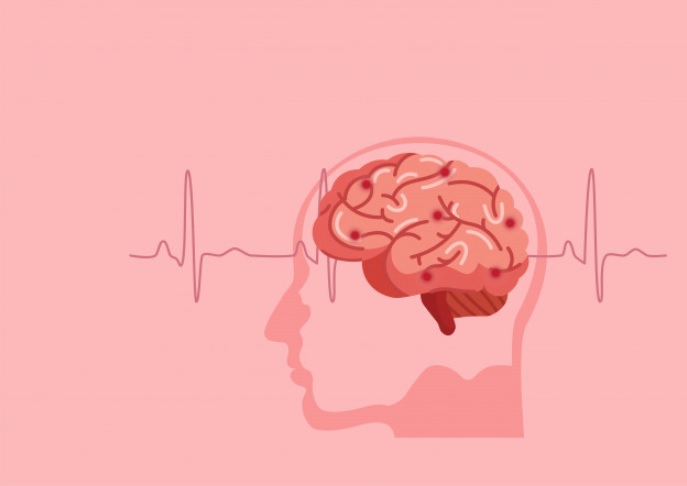Personal health, today, is more predictable than ever. Complete guides exist on what to do and what not to, even for something as complex as brain health. All so that we are better aware of subjects like Canada’s third leading cause of death, i.e., stroke. But what is stroke?
As May approaches, designated as Stroke Awareness Month, it’s the perfect opportunity to talk about the prevention, symptoms, and management of stroke, and to make the understanding of this complex subject not so complex. So, let’s get to it right away.
How to Reduce Chances of Stroke? Essential Habits and Warning Signs
There is a lot you can do. It all comes down to a few healthy habits that you may have already given thought to. And as cliched as they may be, these habits do help in reducing one’s chances of stroke:
- Healthy Diet: Opt for a diet low in trans and saturated fats, cholesterol, salt, and sugar, while being rich in fiber.
- Active Lifestyle: Incorporate aerobic exercises, sports, and physical activities into your daily routine in moderation.
- Avoid Addictions: Avoid smoking and limit alcohol consumption, as excessive alcohol intake can raise blood pressure, a major risk factor for stroke.
- Weigh Right: Strive to achieve a healthy weight according to your Body Mass Index (BMI), avoiding both obesity and being underweight.
The earlier you adopt these habits, the lower your risk of a stroke will be. However, a lot can contribute to making you prone to the condition. Therefore, keep an eye out for the following stroke symptoms. Your quick detection and response can be lifesaving for someone.
Stroke Signs and Symptoms
- Headache: One that is severe, sudden, and comes without a known cause.
- Numb limbs or face, especially on one particular side of the body.
- Speech and Understanding Difficulty: Difficulty forming or understanding even a simple sentence.
- Sudden Sight Issues: This may happen in one or both eyes. Blurriness or loss of focus that wasn’t there earlier.
- Loss of Self-Control: It may become hard to balance yourself or coordinate the movement of different body parts.
Management of Stroke
If you observe those symptoms in a person, reach out to professionals immediately. Once help is on its way, make sure to not let the sufferer go to sleep. Stroke patients feel tired after it, but the hospital is where they need to be after the episode. This is important because stroke treatment is highly time sensitive. If needed, perform CPR. If you don’t know how to do it, ask around for someone who does.
Remember, stroke happens when a blood vessel carrying oxygen to the brain gets clotted or bursts. This can damage certain brain cells, causing one to suffer through memory problems, speaking troubles, paralysis, weakness, and even depression afterwards.
The damaged cells, however, are not irreparable. Depending on the stroke type, response time, and subsequent care, the cells can regenerate between a couple of months to a couple of years. If you seek a professional to assist you in that phase, reach out to Annie’s Place.

